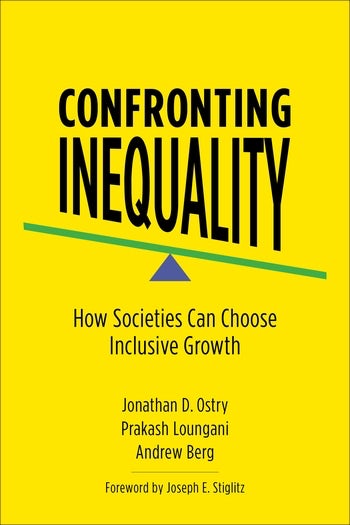 The National Center for Children in Poverty reports that 21% of American children are living in poverty, including 46% of African American and 40% of Latino children. Compared to non-poor children, on average impoverished children are 15.6% less likely to graduate high school and 37% more likely to be unemployed as adults.
The National Center for Children in Poverty reports that 21% of American children are living in poverty, including 46% of African American and 40% of Latino children. Compared to non-poor children, on average impoverished children are 15.6% less likely to graduate high school and 37% more likely to be unemployed as adults.
Research has documented that high-quality early childhood education boosts the skills of disadvantaged children in the short-term. However, a recent series of articles finds that comprehensive early childhood education programs have positive long-term impacts on earnings, criminal activity, and health. Such programs remediate socioeconomic inequality by improving the economic prospects of their participants. While the boost in cognitive skills eventually fades away, the boost in non-cognitive skills persists over the life cycle.
The Carolina Abecedarian Project (ABC) and the Carolina Approach to Responsive Education (CARE)—the continuation of ABC—are early childhood education programs that promote skills (such as language) and cognitive development, providing treatment until age 5 for 50 weeks per year. García et al. (2018a) conducted a benefit cost analysis of these programs by monetizing the benefits of treatment for the participants over their lives, and comparing benefits to programmatic costs.
ABC/CARE improves the language and development skills of children and, subsequently, their years of education completed. Figure 1, which is reproduced from Garcia et al. (2018a), displays the average life-cycle net present values per program participant of the main components of the ABC/CARE programs. Benefits were measured from birth to forecasted death, discounted to birth at a rate of 3%. Programmatic costs are adjusted to reflect the welfare cost of taxation to fund the programs. Both benefit and cost estimates are statistically significant at standard levels, and account for forecasting and estimation error, and are adjusted for. As indicated in the figure, higher future earnings and the avoided cost of crime (to society) are significant components of the benefit of the program.


 Applying benefit-cost analysis to homeland security regulations and related applications is difficult, in part due to issues in measuring security or risk avoided (Roberts, 2019; Farrow and Shapiro, 2009). The
Applying benefit-cost analysis to homeland security regulations and related applications is difficult, in part due to issues in measuring security or risk avoided (Roberts, 2019; Farrow and Shapiro, 2009). The 
 The
The  Confronting Inequality
Confronting Inequality